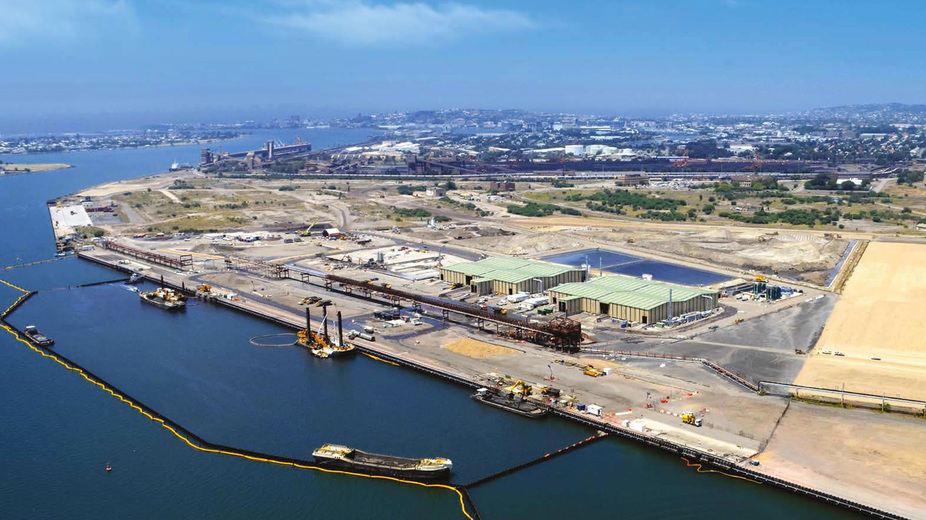In 2009 BHP engaged Ventia as the Principal Contractor on the $405m Hunter River Remediation Project.
This involved removing, immobilising, transporting and encapsulating 1,200,000m3 of sediment, of which 800,000m3 was contaminated. This is the largest remediation project ever undertaken in Australia and involved managing and controlling a number of potentially significant environmental issues. It was also one of the most regulated projects in Australia requiring more than 260 statutory approvals.
The former BHP-owned Newcastle Steelworks operated for 84 years from 1915 and was, at its peak, the largest steelworks in the Commonwealth. During this time, by-products from the steelmaking made their way into the neighbouring Hunter River, settling in the sediment alongside the steelworks site. When the steelworks closed in 1999, BHP committed to clean up those areas of the Hunter River affected by its activities.
The primary contaminants included polycyclic aromatic hydrocarbons (PAHs) derived from the coking of coal used in the steelmaking process. Coal tar, a by-product of the coke ovens, was also released into the environment through leaks, spills and disposal to waste pits.
We were responsible for three components of the remediation:
- marine remediation - dredging
- stabilisation treatment - cement stabilisation of the river sediments on land at the Mayfield site
- off-site landfill - transporting treated sediments by truck along major arterial roads to a new landfill facility on former industrial land at Kooragang Island.
